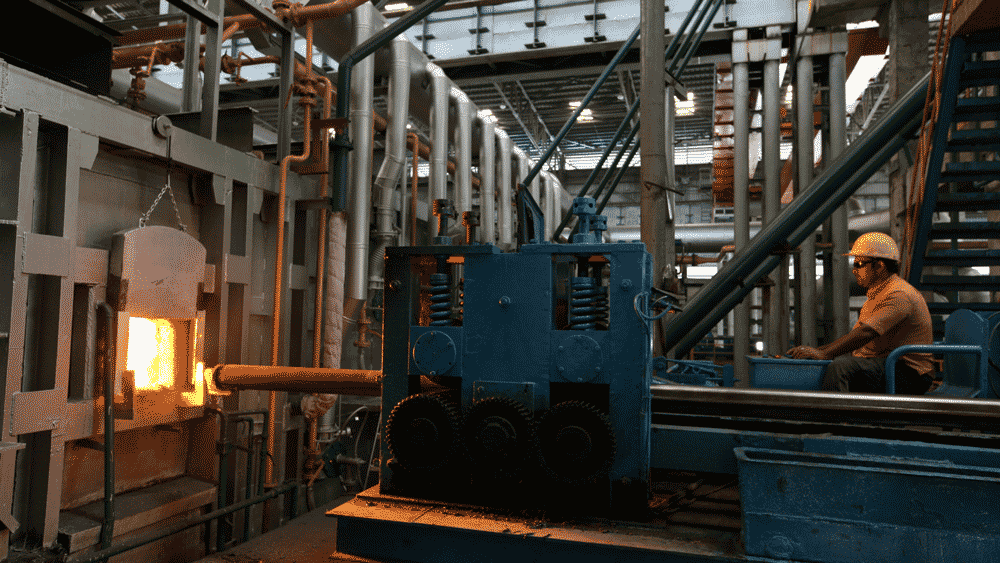When I talk with maintenance leaders, I hear urgency. Pressure is mounting. They’re being asked to cut costs, attract skilled workers, and embrace AI—and fast. Yes, pressure turns coal into diamonds. But constant pressure can wear down even the best teams. So for our 2025 State of Industrial Maintenance report, we asked maintenance professionals in several industries how they’re coping, adapting, and evolving.
|
ADVERTISEMENT |
Here’s what they said: They’re struggling to break free from firefighting. Preventive maintenance is a goal for most teams—71% say it’s their primary strategy—but reality often falls short. Fewer than 35% actually spend most of their time on planned tasks, because their best intentions keep colliding with challenges like aging equipment and talent shortages.
Yet amidst these pressures, change is accelerating. By 2026, 65% of maintenance teams plan to use AI tools regularly. But rushing blindly into AI creates its own trap: investing in solutions that teams won’t trust, or technology they aren’t prepared for.
…

Add new comment